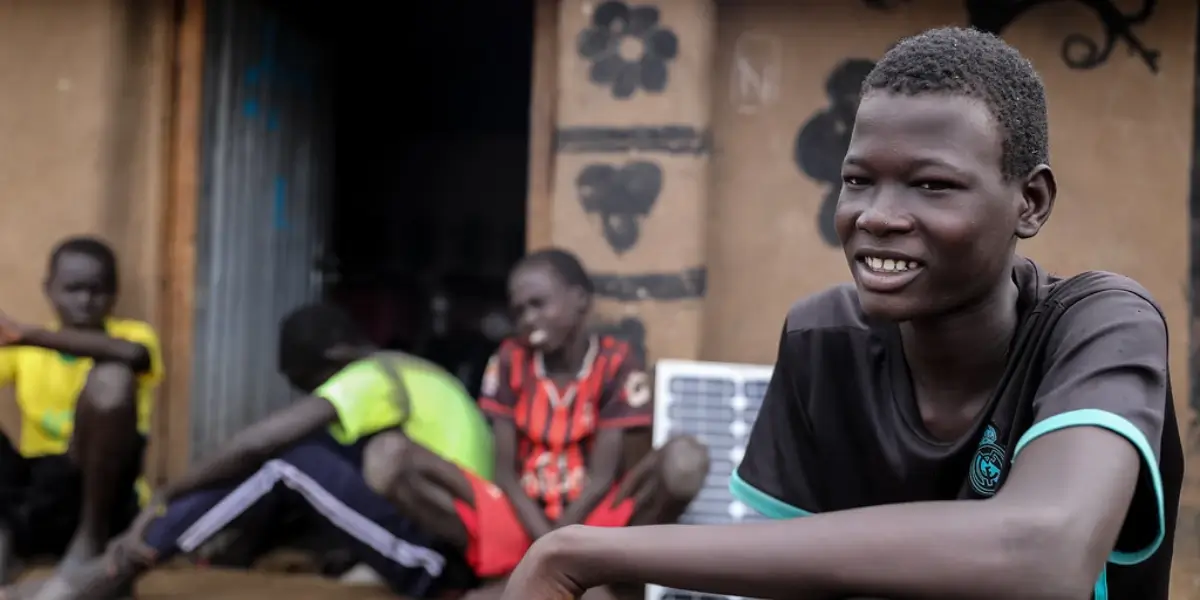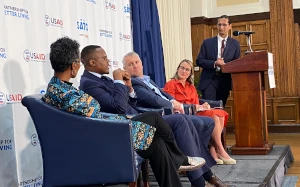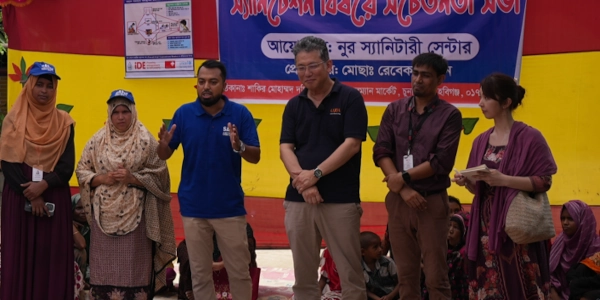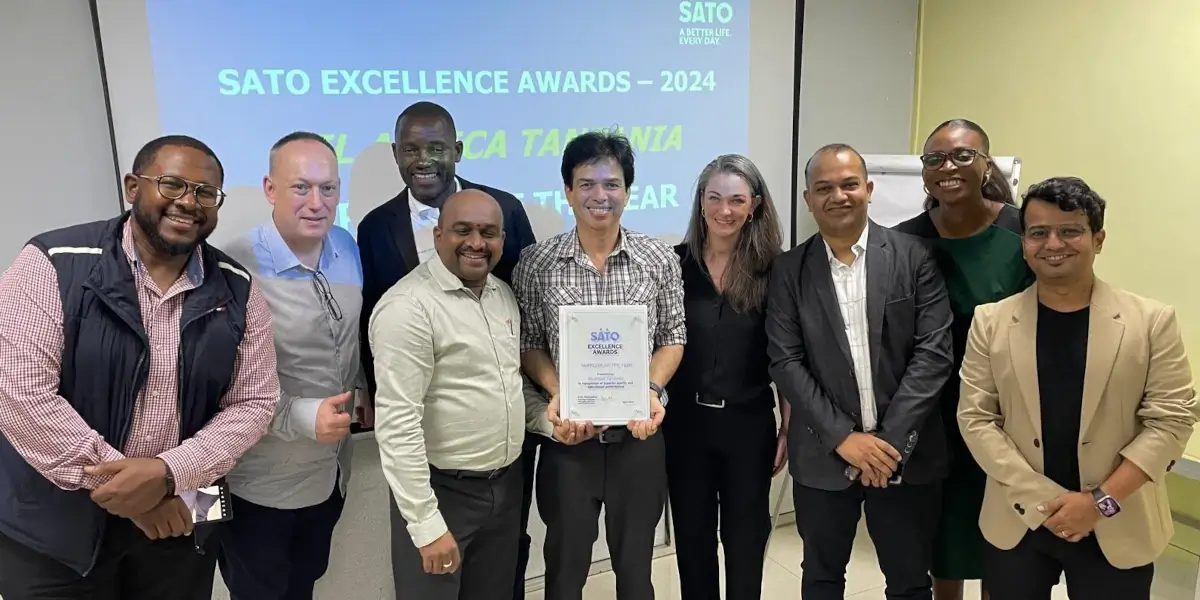
Innovative public-private partnerships in sanitation: How can we partner smarter, faster?

By Genevieve Kelly, Program Director, Partnership for Better Living at SATO, part of LIXIL
When it comes to public-private partnerships, you’ve heard the cliches: “It Takes a Village.” “We Can’t Do It Alone.” “Two Are Better Than One.” With 2030 fast approaching and with Sustainable Development Goal 6 (access to water and sanitation for all) still off track, the question remains: How can we partner smarter and faster to solve the global sanitation challenge?
In its groundbreaking 2022 Global Water Strategy, the U.S. Agency for International Development (USAID) set its sanitation targets equal to its drinking water targets for the first time, aiming to reach 22 million people with sanitation access by 2027. As a private sector partner to USAID, LIXIL – through its social brand SATO – has itself committed to reach more than 2 million people alongside USAID through the Partnership for Better Living (PBL).
On March 7, 2024, I had the honor of serving as the emcee and panel moderator at a public-private partnership (PPP) event co-hosted by USAID and SATO, maker of innovative and affordable toilet and handwashing solutions for households and communities around the globe. I was joined by an incredible group of Water, Sanitation and Hygiene (WASH) thought leaders representing organizations including PSI, Tetra Tech, DAI, FHI360, International Medical Corps, Deloitte, GPTech, IAPMO, Blumont, ECODIT, and others.
We were eager to gather our partners under one roof, not only to discuss past lessons from working with each other, but also to explore strategies for the future. Following two separate panel discussions and a lively question and answer session, here are five key takeaways from the event, compiled after listening to the unique insights from the participants:
- Be Open and Transparent: As Ella Lazarte, USAID’s Water Finance and Private Sector Engagement Lead said, “Sharing insights and knowledge are fundamental to effective PPPs.” The more that project implementers can share market data and demand forecasts, for example, the more efficient the private sector can be in producing and delivering products to meet market demand. And if the demand doesn’t come to fruition or the supply is delayed? Openness and transparency are in order. Being comfortable saying, “We made a mistake,” or “We need help,” will not only build trust among public and private sector partners alike, but will help the partners understand each other in order to better align their plans and resources for the future. “We can do our job better and we can focus our efforts better when we know what partners need,” said SATO’s Leader, Erin McCusker. “We want to work alongside the critical implementation partners that are going to enable this cascade of impact, and we can’t do that without information and conversations.”
- Take Smart Risks: New public-private partnerships can be risky. However, taking smart risks can pave the path toward progress. On a regular basis, PPPs should assess the risks of any untested plans, first weighing the pros and cons, then seeking to manage them. Experimenting with new channels of financing, new business models, or new ways to measure success – all of these come with risks. When partners are open and transparent with each other, they can collectively manage such risks, determine the best way forward and, ideally, reap the benefits.
- Collaborate Early and Often: While this one may seem obvious, PPPs must talk early and often. In fact, this sentiment is fundamental to USAID’s Private Sector Engagement Policy, where it is clearly articulated on page 16. SATO has learned of several instances of project implementers either not knowing about SATO products until three years in, or deploying SATO products in their projects without ever collaborating with the SATO team directly. As soon as a WASH organization commits to a new project, that is the time to begin collaborating with its private sector partners. In the case of a product supplier like SATO, which must ensure its production capacity can meet each project’s forecasted demand, the private sector will work faster and more efficiently when collaboration begins early and continues throughout a project. Continuous dialogue will allow for a two-way flow of market data, customer feedback, and ways to improve supply chain functionality to ensure the long-term success of any WASH project.
- Seek Sustainability from Day One: A typical USAID project has five years to achieve its targets. While this may seem like a long time, it is not. Planning for the sustainability of the project should begin on Day One. It is imperative for market-based sanitation projects to build local supply chains that will last after the project funding ends. For example, in the Transform WASH project in Ethiopia led by PSI, PSI tested and evaluated different approaches to support business development, identified successes and drawbacks of each approach through implementation, and looked for the strongest path toward sustainability. PSI has supported the establishment of a local entrepreneur who is locally registered who can operate independent of donor funding. Government partners will also be important collaborators and we must continue encouraging them to prioritize sanitation and allocate budgets to it as a further means of ensuring sustainability. As Nancy Eslick, USAID’s Global Water Coordinator stated, “We need to have something that sustains beyond donor money, beyond partner money…toward large-scale systems that work and can work beyond us if we are going to reach our global targets.”
- Trust Each Other: Perhaps this goes without saying, but trust among partners is the foundation for effective PPPs. If we sincerely commit to openness and transparency, to taking smart risks, to collaborating early and often, and to seeking sustainability from day one, we can build lasting partnerships based on trust. USAID, LIXIL, SATO, and all of our partners – whether they are manufacturers, distributors, retailers, NGOs, or project implementers – share the same goal of improving sanitation and hygiene access for the multiple millions who still lack it. Let’s also share a mutual respect for each other, exemplified by placing trust in each other’s strategies, capabilities, and, perhaps most importantly, intentions.
It was exciting to host this conversation alongside our many like-minded partners, and I look forward to advancing the conversation about how USAID and SATO can support our WASH colleagues as we work to create a win-win business case for everyone involved. For more information about SATO products or the Partnership for Better Living, please reach out: pbl-sato@lixil.com
WANT TO STAY UP TO DATE?
Subscribe to our newsletter to stay on top of the latest news, views, and stories from on the ground.
The easiest way to do this is to sign-up for our LinkedIn newsletter here. We'll then send you a bi-monthly letter from our Leader, Erin McCusker.

Similar articles
While global in scope our stories are local at heart.



 Copyright © LIXIL 2025
Copyright © LIXIL 2025